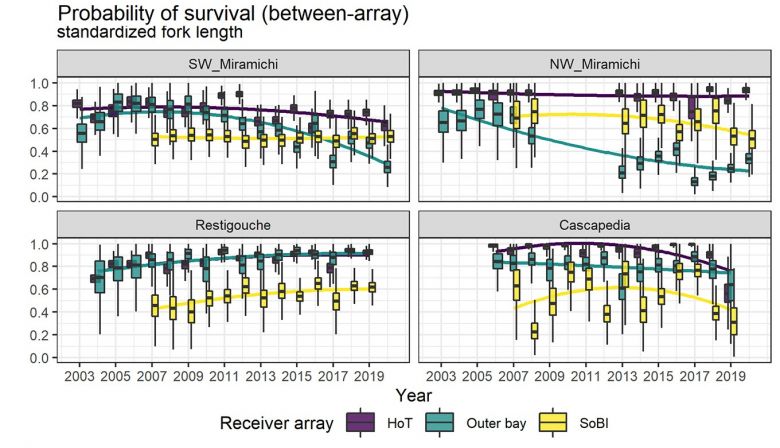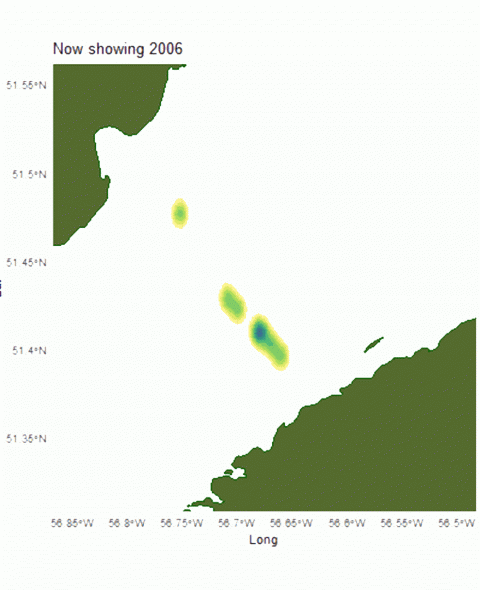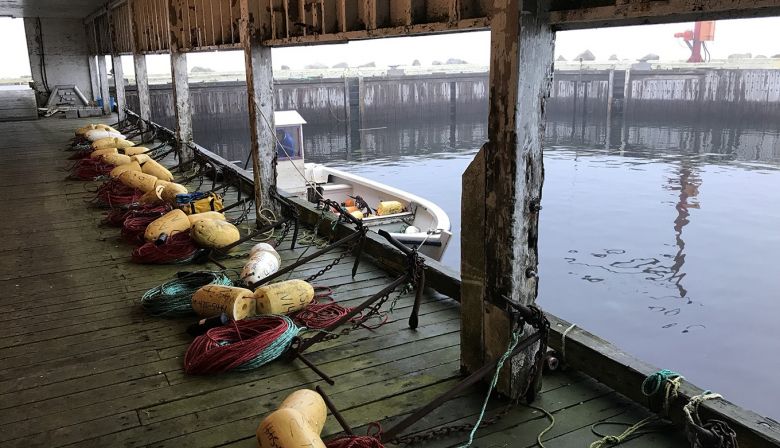After a cold, windy day out on rough seas on the Strait of Belle Isle, Loomis Way broke out his guitar and, accompanied by his wife Brenda on a Newfoundland “Ugly Stick,” began singing “Coming Home to Marry a Newfie Girl.” Pedro Nilo, a biologist with DFO’s Aquatic Sciences division, based out of the Maurice Lamontagne Institute in St. Flavie, Quebec, had been out with ASF’s Don Ivany and Loomis that day downloading data from receivers on the SoBI array. He noticed Loomis had a Cajon Drum, a Peruvian box percussion instrument with which he was familiar. He joined in for the impromptu singsong. Video by Don Ivany
“I look forward to heading up the Northern Peninsula each spring,” Ivany says. “It’s my first real field work after a long winter. The scenery is beautiful, the work important, and the people are warm and welcoming.”



